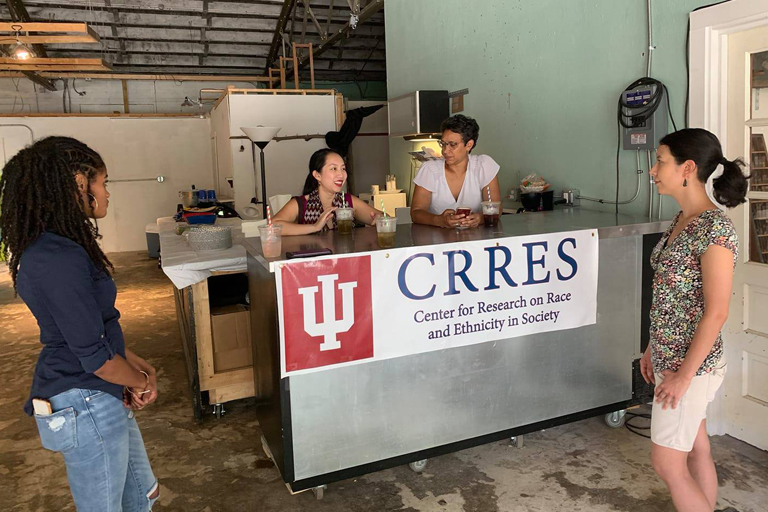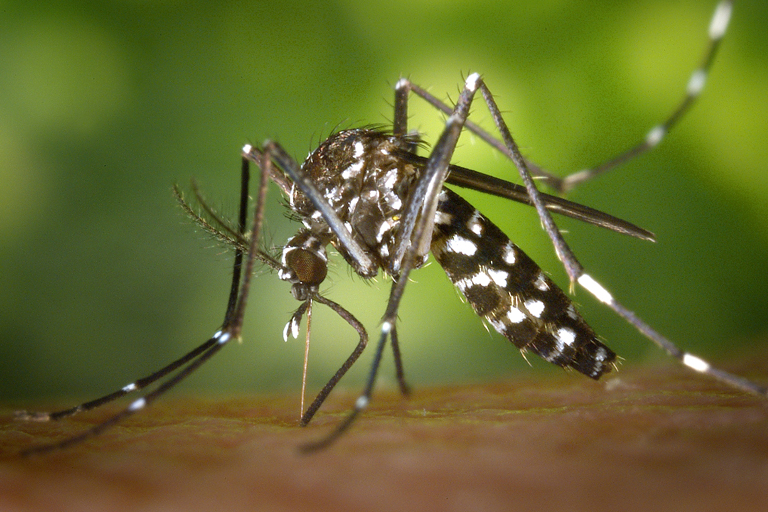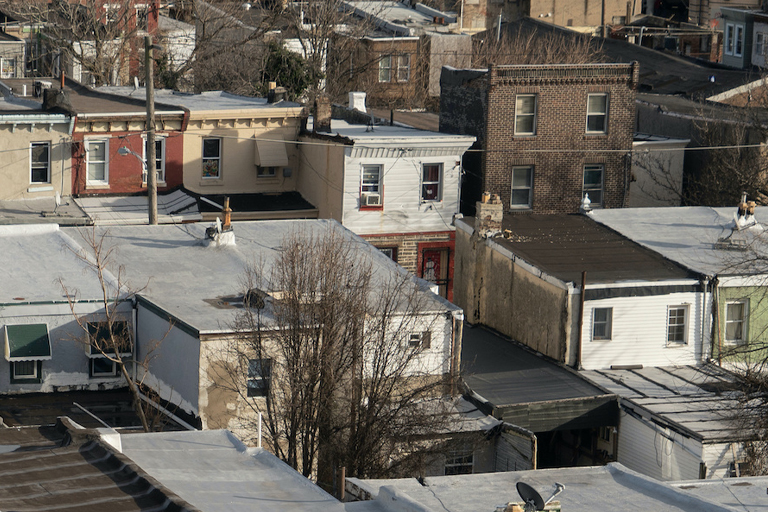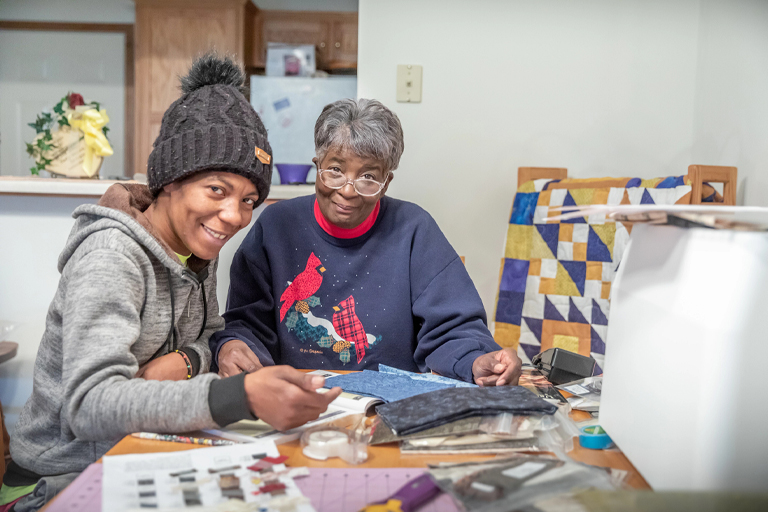Every day, IU researchers work to improve the lives of people in Indiana. Through innovative research and local and state partnerships, IU organizations like the Environmental Resilience Institute and others have been helping Hoosier communities adapt to our changing world and prepare for the future.
Read on for a few highlights of IU research positively impacting the quality of life for communities around the state and beyond.









